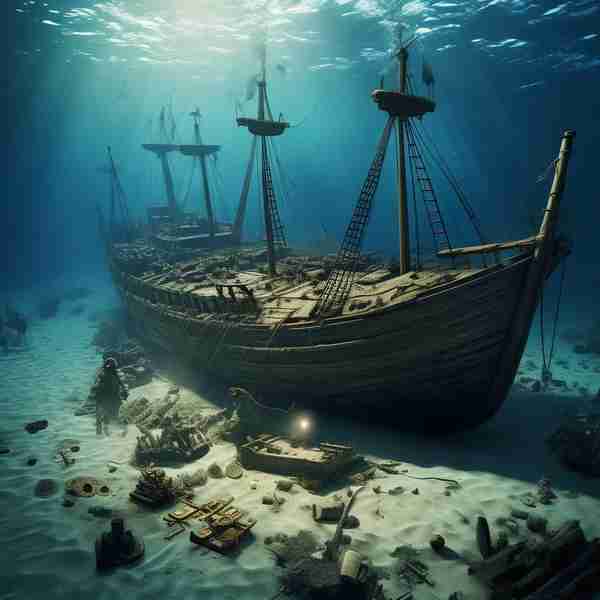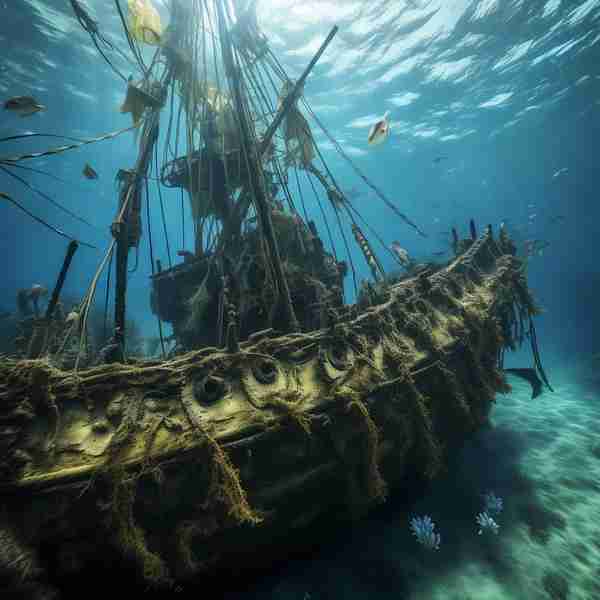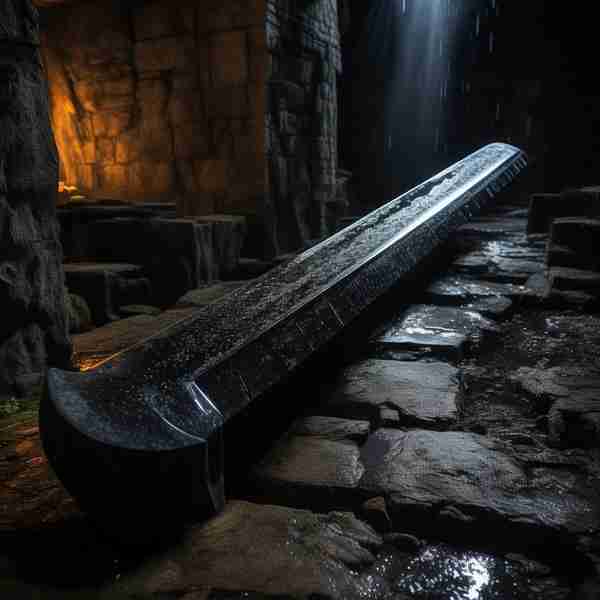19th Century Shipwrecks Unveil Australia's Gold Rush Secrets
20-May-2025 Science
The recent discovery of the 19th-century shipwreck Koning Willem de Tweede off Australia's coast sheds light on the gold rush era's maritime history, highlighting the era's trade and migration significance.

Finding of the Koning Willem de Tweede
An exceptional archaeological discovery is the finding of the Dutch ship Koning Willem de Tweede which has been found off the shores of South Australia. This merchant vessel was lost in a storm and is now found on the seafloor of Guichen Bay. Just before the voyage, the ship had delivered 400 Chinese miners to the goldfields of Victoria, proving that seaborne commerce was very lively during the Australian gold rush era.
Importance in History
The discovery of the Koning Willem de Tweede has provided a chance to step into the past and have a look at the maritime journey of the 19th century. This time frame saw Australia being the center of global trade, with the vessels sailing regularly across the oceans with goods and people. The period of gold exploration was an especially industrial breakthrough, during which people from different countries, mainly China, went to the goldfields to find wealth. The fact that an exploration ship is found adds to the picture of these times with the ships being both a part of the journeys made by these vessels and the multicultural setup of the time.
Normal Themes in Maritime Commerce
The maritime trade of the 19th century was characterized by the rapid development of transportation due to the demand for goods and labor. The ships like the Koning Willem de Tweede were not only carry vessels but also were a part of the migration process, as well as, they influenced the economic and cultural development of Australia. This time was also the time of many water dangers, with numerous boats destroyed by the weather conditions.
Related Reports









